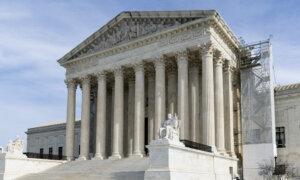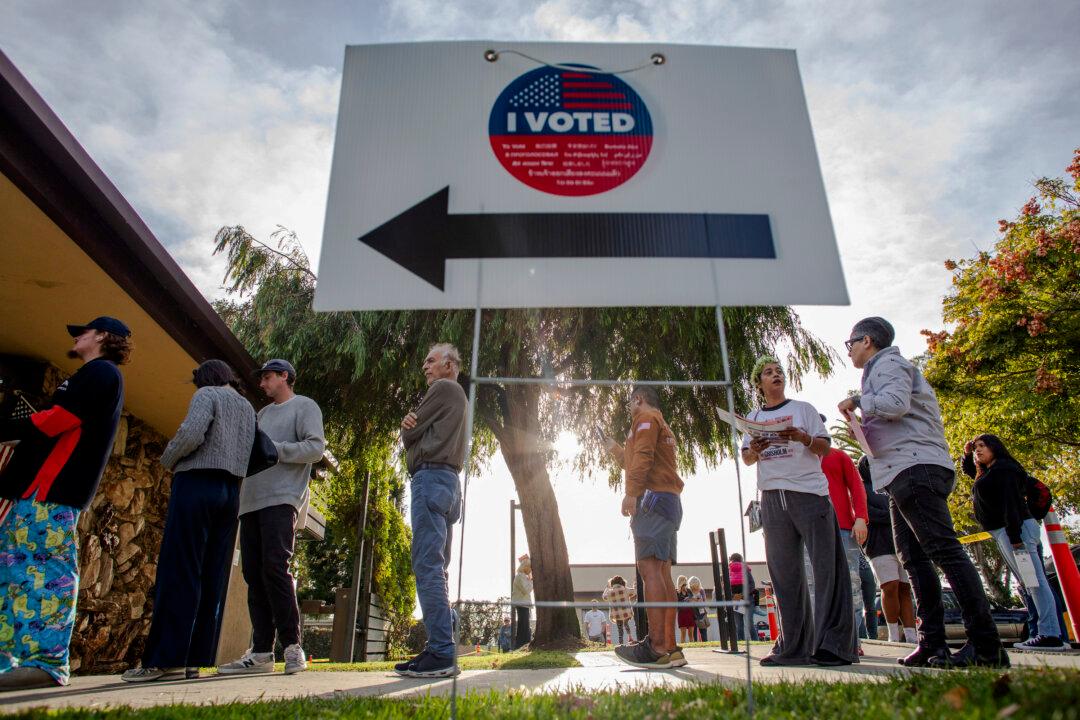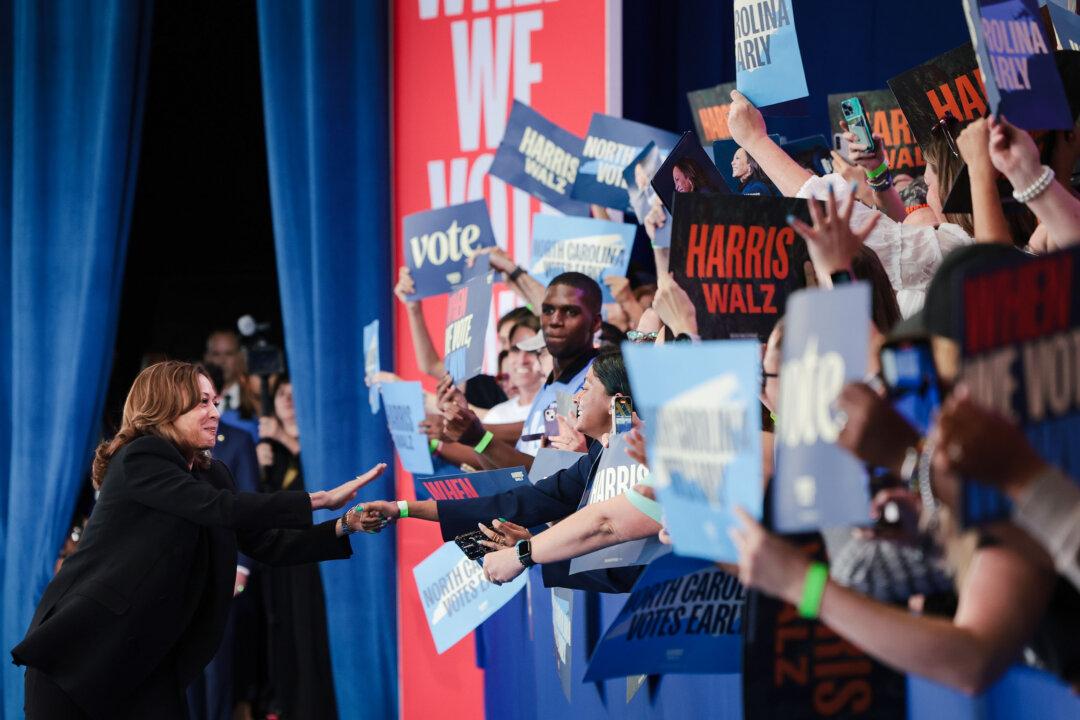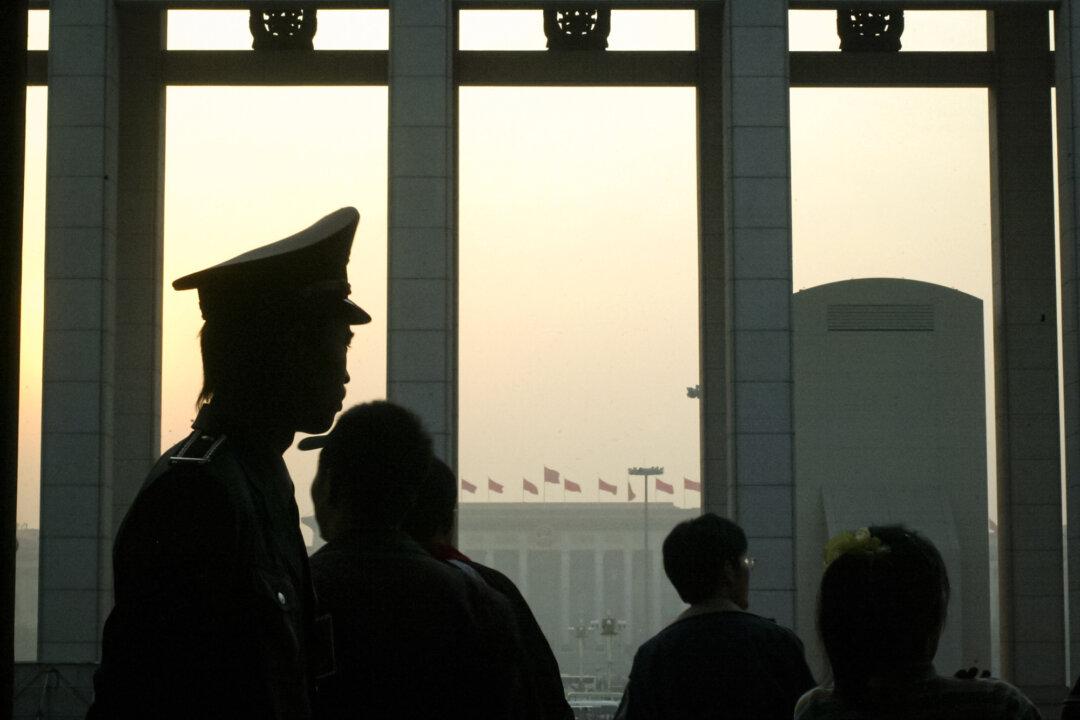The Supreme Court released nine opinions in the second to last week before its term is set to end. So far, the court has ruled on guns, taxation, abortion, and various aspects of criminal and immigration law but its most hotly anticipated decisions have yet to be released.
On June 21, an 8-1 court upheld limitations on gun rights for individuals with domestic violence restraining orders in United States v. Rahimi. The only dissenter was Justice Clarence Thomas who argued that the court’s prior decision in New York State Rifle & Pistol Association Inc. v. Bruen suggested the restriction on gun ownership needed to have a historical basis but that no “historical regulation justifies the statute at issue.”
The court also released its decision in Moore v. United States, which questioned whether former President Donald Trump’s one-time repatriation tax on foreign income was constitutional. In a 7-2 decision, the justices rejected the idea that the tax—known as the Mandatory Repatriation Tax—violated the 16th Amendment.
Another case, Erlinger v. United States, emphasized the role of unanimous juries and prompted speculation about how it might bear on former President Trump’s conviction in New York. New York Supreme Court Justice Juan Merchan provoked criticism when he told the jury it didn’t have to agree on which unlawful means were involved with an aspect of the purported scheme from perpetrated by the former president.
Justice Gorsuch’s majority opinion clarified that juries should be empaneled for determining facts that influence a defendant’s severity of punishment. “As the government recognizes, virtually ‘any fact’ that ‘increase[s] the prescribed range of penalties to which a criminal defendant is exposed’ must be resolved by a unanimous jury beyond a reasonable doubt (or freely admitted in a guilty plea),” he wrote in an opinion joined by five other justices.
The court also issued immigration cases as the 2023-2024 term neared its end and the nation continued reeling from a crisis at the southern border. In the last two weeks, the justices ruled on removal proceedings (Campos-Chaves v. Garland) and said U.S. citizens don’t have a legal right to bring their foreign spouses to the country (Department of State v. Munoz).
Overall, the justices have released 47 opinions with major rulings on administrative law, presidential immunity, and social media expected within the last week of June. The court could briefly extend the term into July or add days to its calendar for releasing the remaining opinions.
Many of the 47 opinions have seen unanimous judgments, including in the Colorado ballot disqualification case (Trump v. Anderson). Some of the opinions also pointed to divisions or alliances that defied the narrative of a 6-3 conservative majority court.
For example, both the Rahimi decision and the “Trump Too Small” trademark decision (Vidal v. Elster) saw conservative justices disagreeing with each other on the use of history and tradition to make decisions. Justice Amy Coney Barrett claimed in Vidal that Justice Thomas’ majority opinion was “wrong twice over” in his use of history.
The justices thought of as “conservative” have also joined the court’s liberals in multiple judgments, such as Justice Thomas writing the majority opinion upholding the Consumer Financial Protection Bureau’s (CFPB) controversial funding mechanism. A unanimous decision also rejected a group of doctors’ attempts to challenge deregulation of the abortion pill while multiple decisions (Rahimi, CFPB, and abortion pill) have opposed those from the conservative-leaning U.S. Court of Appeals for the Fifth Circuit.
That circuit has served up several high-profile cases for the justices, including with a decision that was upheld in Garland v. Cargill. The justices have yet to release their decision in Murthy v. Missouri, another fifth circuit case that challenges how the Biden administration can communicate with social media companies. Another fifth circuit case, Netchoice v. Paxton, is expected to be released in a companion case that could limit social media content moderation.
Arguably the most anticipated cases are those seeking to overturn the decades-old Chevron doctrine (Loper Bright Enterprises v. Raimondo, Relentless, Inc. v. Department of Commerce) on administrative law and one outlining the scope of presidential immunity (Trump v. United States). Related to those cases are S.E.C. v. Jarkesy, which questions the power of administrative law courts, and Fischer v. United States, which challenges the Justice Department’s application of a financial reform law to the events of Jan. 6, 2021.
The justices are also expected to release decisions on Idaho’s abortion law (Idaho v. United States), homeless policy (City of Grants Pass v. Johnson), and a massive settlement in the opioid crisis (Harrington v. Purdue Pharma L.P.).
The impacts of the pending cases could be widespread and alter major portions of American law. Trump’s case in particular has raised questions about the nation’s separation of powers and how his various criminal cases would proceed in the court system.







